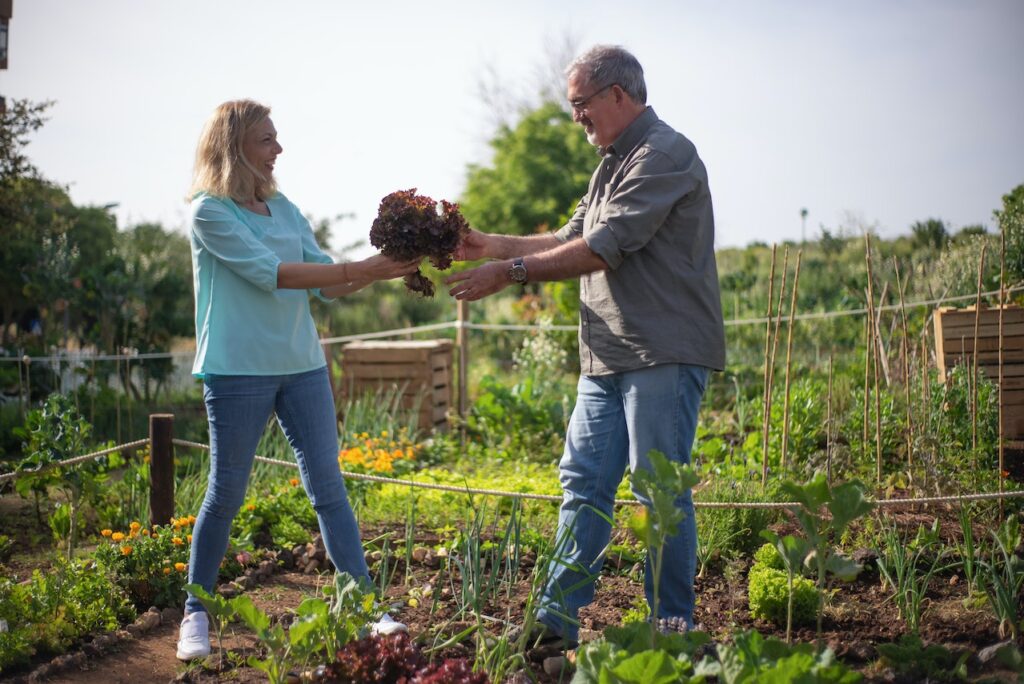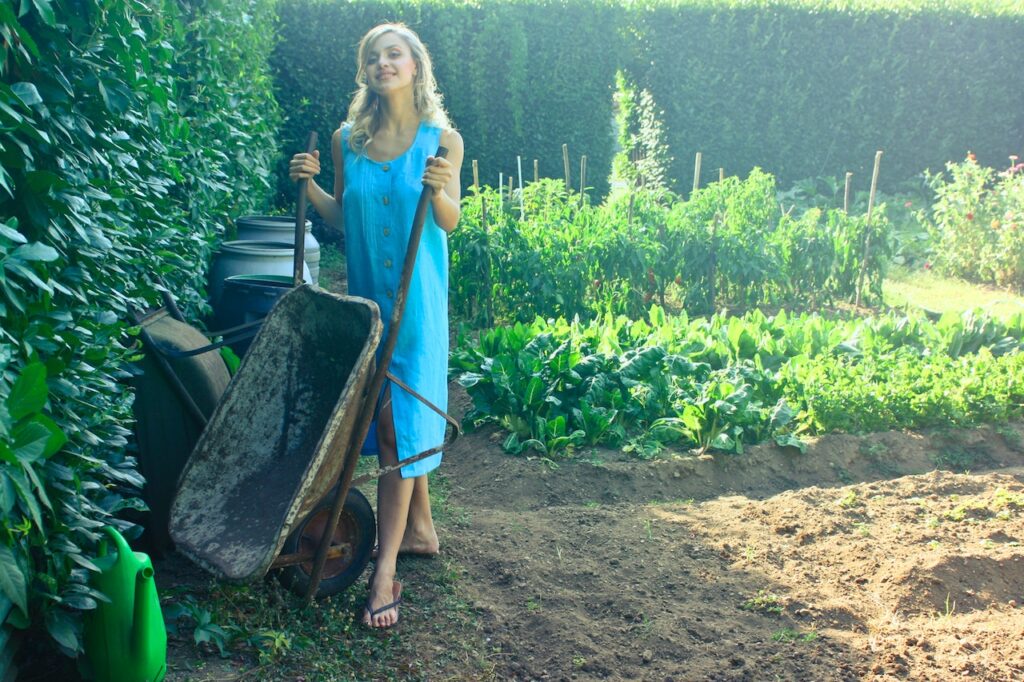In the lush tapestry of a well-tended garden, relationships bloom not only between the gardener and the earth but amidst the verdant beings themselves. Ah yes, much like a harmonious symphony, companion planting orchestrates a melody of mutual benefit, whispered secrets, and the fostering of growth and vitality. Dare to venture into this enchanting world where botanical friendships blossom, forming the crux of a thriving garden? Join me, then, as we saunter down the garden path of companionship and camaraderie, unveiling the secrets of plant partnerships.
Understanding the Symphony: The Philosophy of Companion Planting
At its heart, companion planting is a centuries-old practice where certain plants are grown together, fostering benefits like enhanced growth, pest control, and maximized yield. It is akin to forming a community where each member brings a strength to share, creating a vibrant and fruitful ecosystem.
But why tread this path? Can plants truly affect each other’s growth and wellbeing? The whispers of leaves say they do, creating harmonies in the garden that:
- Enhance Growth: Certain plants, when grown together, encourage each other to thrive.
- Pest Control: Some plants can help repel pests from their neighbors.
- Soil Enrichment: Plants like legumes enrich the soil, providing a nutrient boost to their companions.
So, what happens when marigolds whisper secrets to tomatoes, fostering a bond that keeps harmful nematodes at bay? A tale of symbiosis unfolds, nurturing a habitat where life blossoms in shared stories and intermingled roots.
The Duet of Plants: Formulating Beneficial Partnerships
Pairing plants judiciously can be akin to forming a glorious orchestra, where each member plays a vital role. Let us delve deeper, unveiling partnerships that echo the joyous symphonies of nature.
Tomatoes and Basil
An age-old pair that has stood the test of time, often seen gracing gardens with a symphony of fragrance and color.
- Pest Repellent: Basil acts as a guardian, warding off pests like mosquitoes and aphids.
- Flavor Enhancement: This dynamic duo is said to enhance each other’s flavor, a testament to their bond extending beyond the soil.
Carrots and Leeks
A combination that might seem unusual at first glance, yet their partnership transcends mere appearances.
- Pest Control: Leeks repel carrot flies while carrots ward off leek moths, a classic case of mutual protection.
- Soil Aeration: The deep-reaching roots of carrots help in aerating the soil, promoting healthy leek growth.
Have you ever thought about how these combinations translate into scrumptious recipes? Isn’t it fascinating how nature hints at culinary partnerships right from the garden’s soil?
The Canvas of Companion Planting: Designing Your Garden
As we venture further, let us paint a vivid picture of a garden where partnerships bloom at every corner. Here’s how you can bring this canvas to life:
- Zoning: Group plants with similar needs together, forming zones of harmony and mutual growth.
- Vertical Integration: Utilize space wisely by growing climbers alongside low-growing plants, creating a tapestry of green that reaches skywards.
- Floral Borders: Incorporate flowering plants to attract pollinators, adding hues of joy to your verdant space.
Tip: Be mindful of the sun’s journey across your garden, ensuring each plant receives its golden share of sunlight.
Nurturing the Symphony: Cultivating Your Companion Planting Garden
Creating a garden where companionship blossoms involves nurturing these relationships with love and attention. Here’s how you can foster these bonds:
- Soil Preparation: Begin with rich, well-prepared soil, the canvas upon which your garden will paint its masterpiece.
- Sequential Planting: Implement a planting schedule that considers the growth cycles of different plants, fostering harmonious growth.
- Mulching: Use mulch to retain moisture, regulate soil temperature, and prevent weed growth.
An insightful query to ponder: Could your garden be the next haven where plants whisper secrets of growth and harmony to each other?
Troubleshooting Common Hiccups
In every relationship, hiccups are inevitable. The plant world is no different. Here’s how to navigate common issues:
- Pest Outbreaks: Incorporate plants with pest repellent properties to create natural barriers against pest invasions.
- Nutrient Deficiencies: Plant legumes to enrich the soil naturally and rotate crops to prevent nutrient depletion.
Key Insight: Developing an eye for spotting issues early on is akin to becoming a maestro, orchestrating a symphony with grace and adeptness.
Key Takeaway
As we conclude our stroll through the magical world of companion planting, we find ourselves at the heart of a garden humming with the melodies of cooperation, mutual growth, and shared joy. Through the art of companion planting, we foster a space where plants live, grow, and thrive together, building bonds that are beneficial and nurturing.
So, as you step into your garden, envision yourself as a matchmaker, fostering relationships that bloom into beautiful synergies, painting your garden with hues of cooperation and harmony. In embracing the joy of companion planting, do we not forge a deeper connection with nature, understanding the silent symphonies played in the whispers of leaves and the blooming of blossoms?
Thus, let us foster gardens where partnerships blossom, where plants grow arm in arm, sharing stories, nutrients, and the joyous journey of life. After all, is not a garden a testament to life’s beauty, woven in the green threads of camaraderie and symbiosis?
Here’s to fostering botanical friendships, nurturing a garden humming with life, harmony, and the joyous melodies of companion planting.



